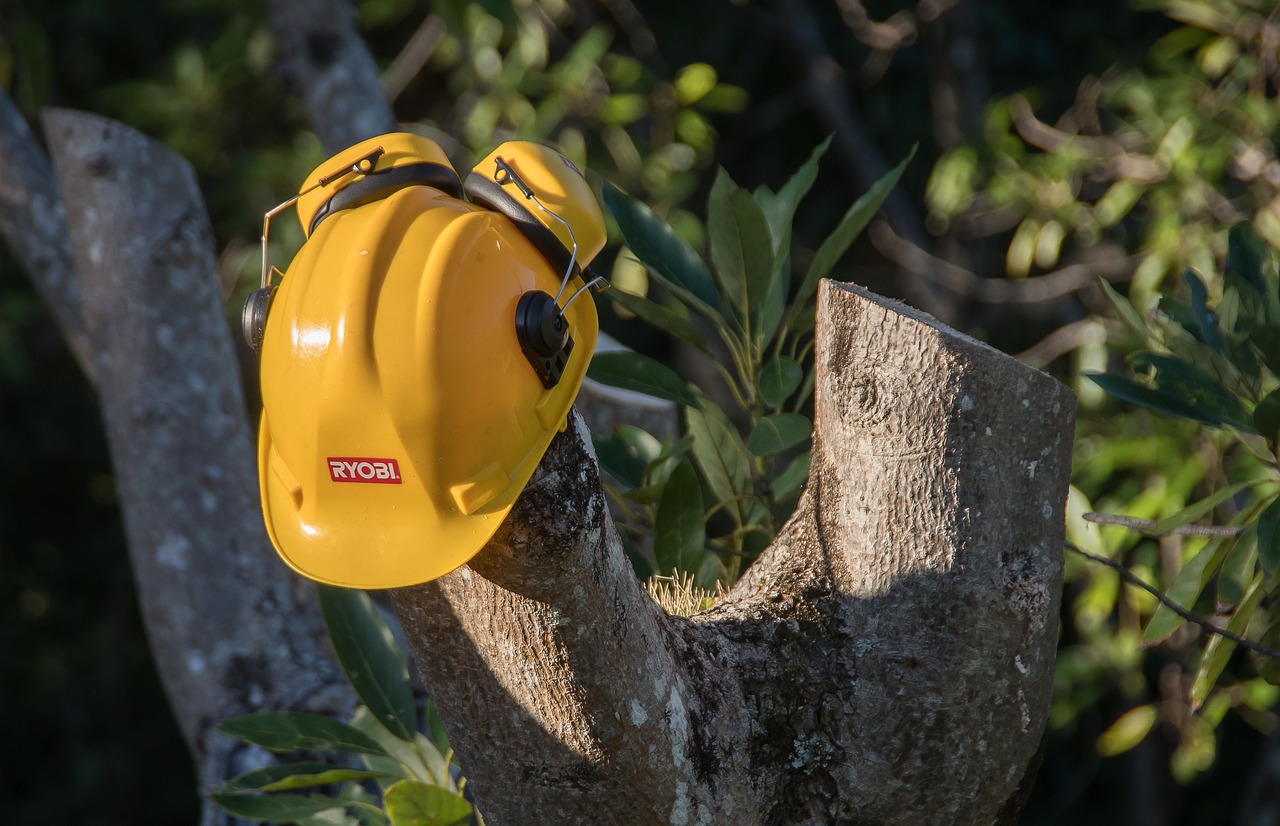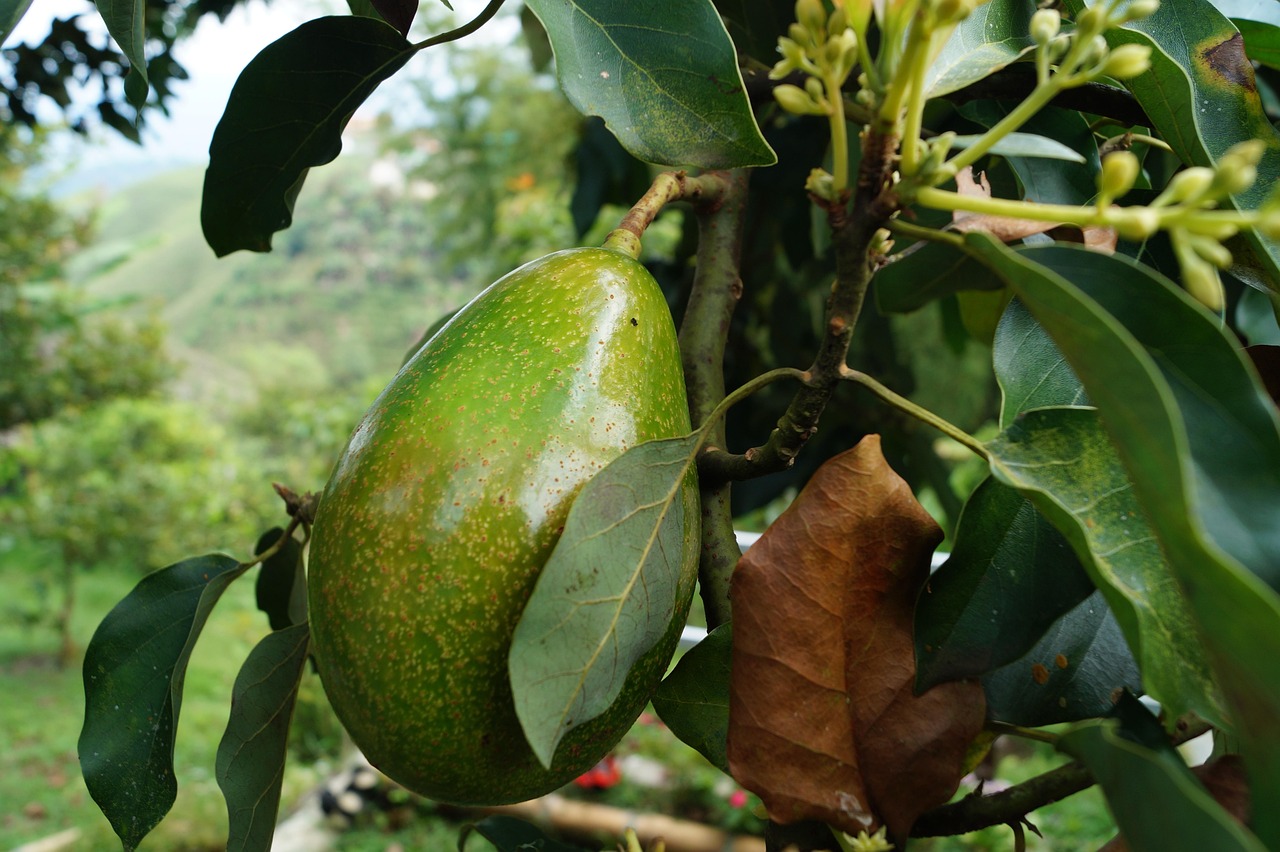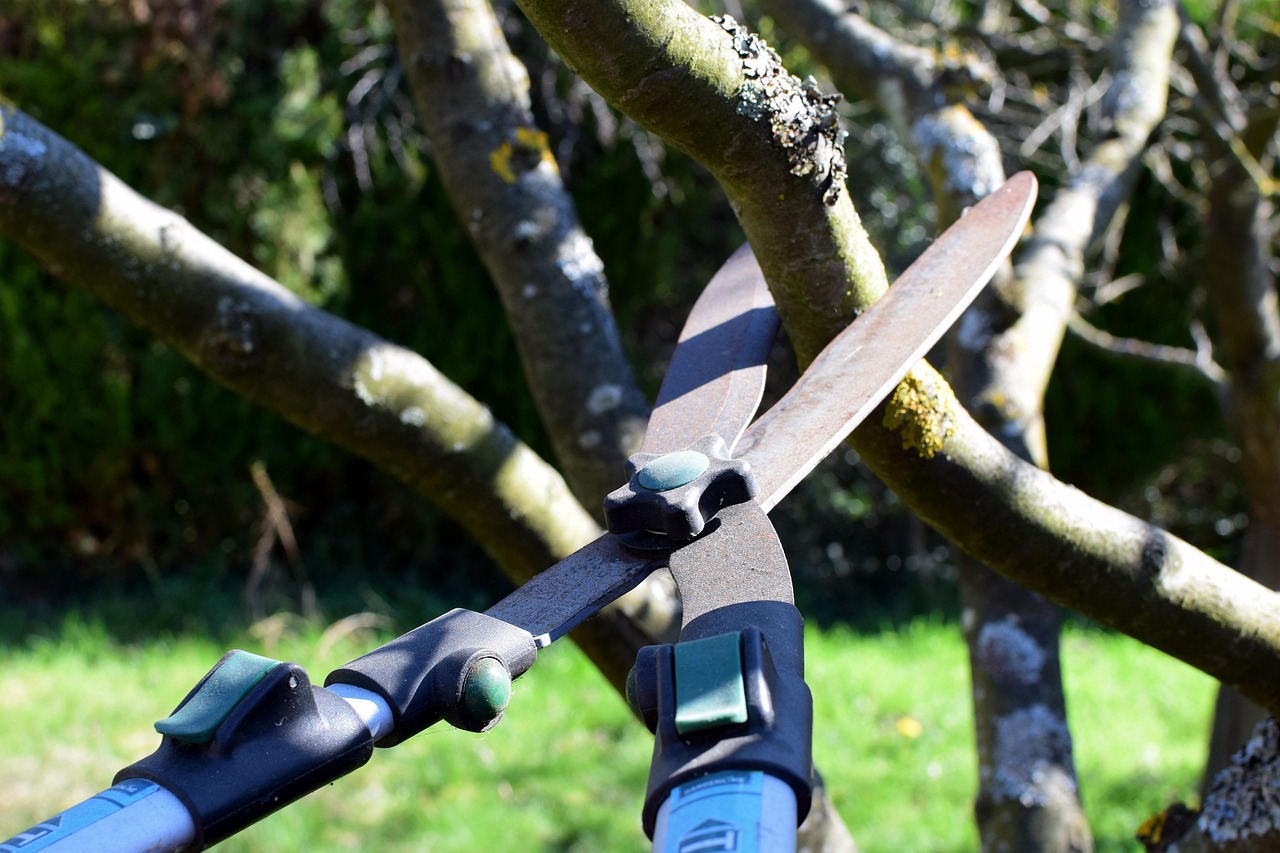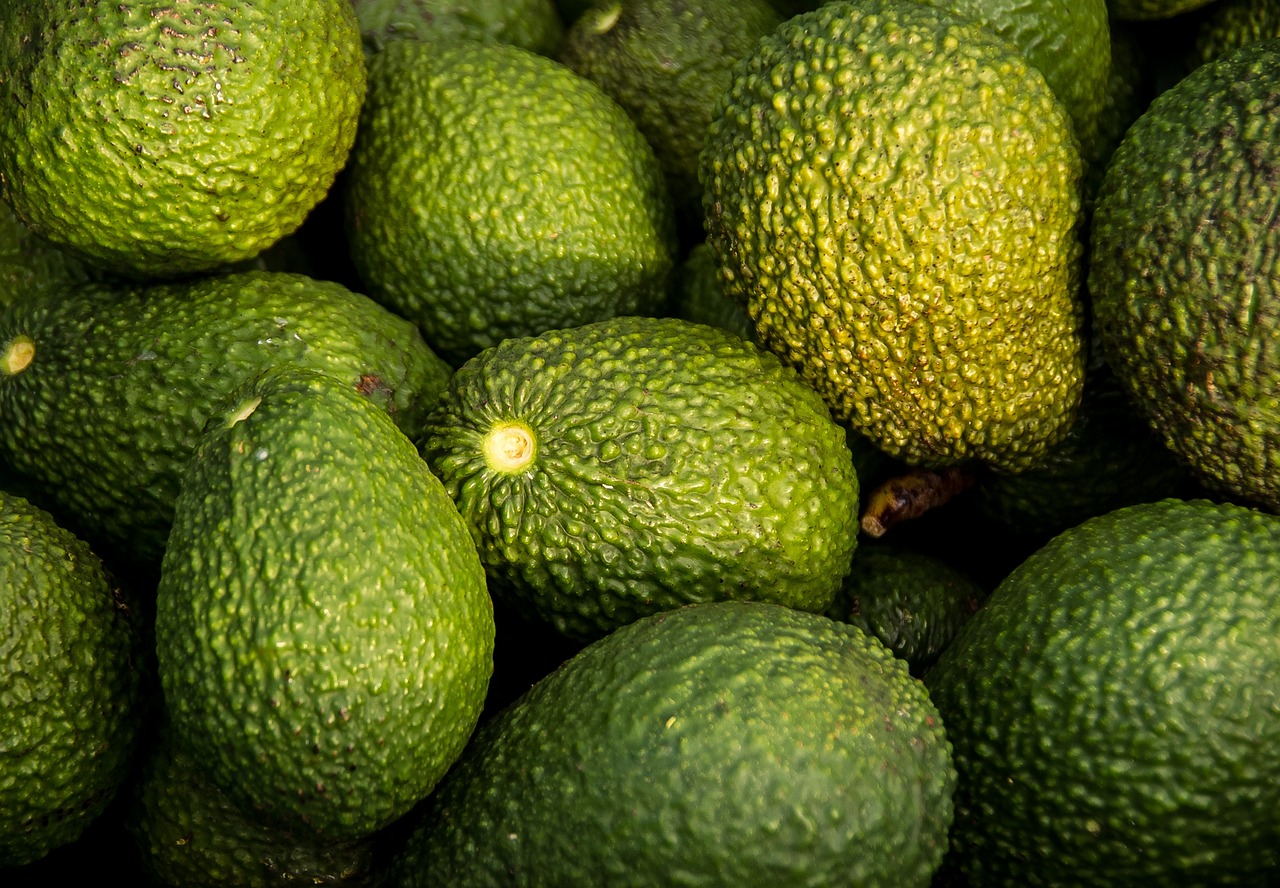Pruning avocado trees is essential for promoting healthy growth and maximizing fruit production. New home gardeners should focus on removing dead or diseased branches, shaping the tree for better air circulation, and ensuring sunlight reaches all parts of the tree.
Avocado trees are popular among home gardeners for their delicious fruit and attractive foliage. However, to maintain their health and productivity, regular pruning is necessary. Pruning not only encourages a strong structure but also enhances the tree’s ability to bear fruit. For new gardeners, understanding the basics of pruning is vital to ensure a thriving avocado tree.

Before diving into the specifics of pruning, it is important to know that avocado trees can grow quite large. Depending on the variety, they can reach heights of 30 to 40 feet. However, many gardeners prefer to keep their trees smaller for easier maintenance and harvesting. This is where proper pruning techniques come into play.
Understanding Avocado Tree Growth
Avocado trees have a unique growth pattern. They typically grow in a vase-like shape with several main branches. Understanding this growth habit will help you make informed decisions about pruning. Here are some key characteristics of avocado tree growth:
- Avocado trees can be evergreen or semi-deciduous depending on the climate.
- New growth occurs primarily at the tips of branches.
- Lower branches may die off as the tree matures and grows taller.
- Healthy avocado trees can produce fruit from 3 to 4 years after planting.
When it comes to pruning, timing is just as important as technique. The best time to prune an avocado tree is during its dormant season, usually in late winter or early spring before new growth begins. This timing helps minimize stress on the tree and promotes healthy regrowth.

Tools Required for Pruning
Having the right tools is crucial for effective pruning. Using sharp, clean tools will ensure clean cuts and reduce the risk of disease. Here are some essential tools every gardener should have:
| Tool | Description |
|---|---|
| Hand Pruners | Ideal for small branches up to ¾ inch thick. |
| Loppers | Useful for cutting branches between ¾ inch and 2 inches thick. |
| Pruning Saw | Best for larger branches over 2 inches thick. |
| Safety Gear | Always wear gloves and eye protection while pruning. |
Before starting to prune, inspect your avocado tree thoroughly. Look for any dead or diseased branches that need removal. Additionally, check for overcrowded areas where branches are competing for sunlight. This will help you create a clear plan for your pruning session.
Pruning Techniques for Avocado Trees
Once you have your tools ready and have assessed your tree, it’s time to start pruning. Here are some recommended techniques:

- Remove Dead or Diseased Wood: Cut back any branches that appear discolored or lifeless. This helps prevent the spread of disease.
- Thin Out Crowded Branches: Selectively remove branches that cross each other or grow inward towards the center of the tree. This promotes better air circulation and light penetration.
- Shape the Tree: Aim to maintain a balanced shape that allows sunlight to reach all parts of the tree. A well-shaped tree will yield more fruit.
- Shorten Long Branches: If some branches are excessively long, trim them back to encourage bushier growth.
During pruning, always make cuts just above a bud or lateral branch. This encourages new growth in the desired direction. Avoid leaving stubs, as they can become entry points for pests and diseases.
After pruning, it is beneficial to clean up any debris around the base of the tree. This helps reduce the risk of pests and diseases while promoting a tidy appearance in your garden.
By following these guidelines, new home gardeners can ensure their avocado trees remain healthy and productive. Regular pruning will lead to better fruit yields and a more manageable tree size, making avocado cultivation a rewarding experience.

Common Mistakes in Pruning Avocado Trees
Even experienced gardeners can make mistakes while pruning avocado trees. New home gardeners should be aware of these common pitfalls to avoid damaging their trees. Here are some frequent mistakes:
- Pruning at the Wrong Time: Pruning during the growing season can stress the tree and reduce fruit production. Always prune when the tree is dormant.
- Over-Pruning: Removing too many branches can weaken the tree. Aim for a balanced approach by only cutting what is necessary.
- Ignoring Tree Health: Failing to inspect for diseases before pruning can spread problems throughout the tree. Always check for health issues first.
- Making Improper Cuts: Cuts that are too close to the trunk or that leave stubs can lead to decay and disease. Always cut above a healthy bud.
Avoiding these mistakes will help ensure your avocado trees thrive and produce fruit more effectively. Understanding the importance of timing and technique is crucial for new gardeners as they learn to care for their trees.
Signs Your Avocado Tree Needs Pruning
Recognizing when an avocado tree needs pruning is essential for maintaining its health. Here are key signs to watch for:
- Excessive Growth: If your tree is becoming too tall or dense, it may be time to prune to maintain shape and accessibility.
- Dead or Dying Branches: Look for branches that are brown, brittle, or lack leaves. These should be removed promptly.
- Pests or Disease: If you notice signs of pests or disease, prune affected areas to prevent further spread.
- Reduced Fruit Production: A decline in fruit yield can indicate that the tree needs pruning to improve air circulation and light exposure.
Being proactive in recognizing these signs will help you maintain a healthy avocado tree. Regular monitoring will allow you to make timely decisions about pruning.
Seasonal Care After Pruning
After pruning, it is important to provide proper care to help your avocado tree recover and thrive. Here are some seasonal care tips:
Spring Care
Spring is the time when many trees begin to show new growth after pruning. Focus on the following:
- Watering: Ensure your tree receives adequate water, especially if rainfall is scarce. This promotes new growth.
- Fertilization: Apply a balanced fertilizer to provide nutrients that support recovery and encourage healthy growth.
- Pest Monitoring: Keep an eye out for pests that may target new growth. Early intervention can prevent serious damage.
Summer Care
During summer, your avocado tree will be actively growing. Maintain its health with these practices:
- Irrigation: Continue regular watering, especially during dry spells. Avocado trees prefer deep watering less frequently.
- Mulching: Apply organic mulch around the base of the tree to retain moisture and suppress weeds.
- Monitoring Growth: Observe how the tree responds to pruning. Make mental notes for future pruning sessions based on its growth habit.
Fall Care
As fall approaches, focus on preparing your tree for winter:
- Final Watering: Ensure the last watering of the season is sufficient before winter dormancy sets in.
- Pest Control: Address any lingering pest issues before winter to protect your tree during its dormant phase.
- Fertilization Adjustment: Reduce fertilization as you enter late fall, allowing the tree to rest.
The Role of Soil and Mulch in Tree Health
The health of your avocado tree is closely tied to its soil conditions and use of mulch. Proper soil management and mulching can enhance the overall vitality of your tree.
Soil Considerations
Avocado trees thrive in well-draining soil with good aeration. Here are some key points regarding soil:
- Soil pH: Avocado trees prefer slightly acidic soil with a pH between 6 and 7.
- Drainage: Ensure that water does not pool around the roots, as this can lead to root rot.
- Nutrient Content: Test your soil regularly to ensure it contains essential nutrients like nitrogen, phosphorus, and potassium.
The Benefits of Mulching
Applying mulch around your avocado tree offers numerous benefits:
- Moisture Retention: Mulch helps keep soil moist, reducing the need for frequent watering.
- Weed Suppression: A layer of mulch can prevent weeds from competing with your avocado tree for nutrients and water.
- Temperature Regulation: Mulch helps maintain consistent soil temperatures, benefiting root health.
Select organic mulch materials such as wood chips, straw, or shredded leaves for optimal results. These materials will break down over time, enriching the soil as they decompose.
Advanced Pruning Techniques for Avocado Trees
As home gardeners become more confident in their pruning skills, they may wish to explore advanced techniques. These methods can further enhance the structure and productivity of avocado trees. Here are some effective advanced pruning techniques:
Thinning Cuts
Thinning cuts involve removing entire branches at their point of origin. This technique helps to reduce density without altering the overall shape of the tree. Thinning is particularly useful for:
- Improving light penetration and air circulation.
- Encouraging fruit production by allowing sunlight to reach more areas of the tree.
- Maintaining a balanced appearance without excessive growth in any one area.
Heading Cuts
Heading cuts are used to shorten branches, encouraging new growth. This technique is beneficial for:
- Controlling height, especially in younger trees.
- Promoting bushier growth by stimulating the development of lateral buds.
- Shaping the tree for easier access during harvesting.
When making heading cuts, aim for a healthy bud to ensure that new growth will be directed outward rather than inward, which could lead to overcrowding.
Pruning for Pest and Disease Management
A well-pruned avocado tree is less susceptible to pests and diseases. Regular pruning helps maintain tree health by removing potential breeding grounds for pests. Here are strategies for pest and disease management through pruning:
Identifying Common Pests
New gardeners should familiarize themselves with common pests that may affect avocado trees. Some of these include:
- Avocado Lace Bug: Small insects that cause leaf discoloration and stress on the tree.
- Spider Mites: Tiny pests that can create webs and cause leaf drop.
- Root Rot: A disease caused by overwatering or poor drainage, leading to root decay.
Pruning Affected Areas
If you notice any signs of pests or disease, promptly prune affected areas. Here are steps to follow:
- Identify the affected branches or leaves.
- Use sanitized pruning tools to make clean cuts, removing all affected material.
- Dispose of the pruned material away from the garden to prevent spreading.
Regular inspections will help catch issues early before they become severe problems. Keeping your tree healthy through proper care and pruning is crucial for preventing future infestations.
Seasonal Pruning Practices
Different seasons call for specific pruning practices that align with the growth cycle of avocado trees. Adapting your approach throughout the year can promote optimal health and productivity.
Winter Pruning
Winter is the dormant season for avocado trees, making it an ideal time for major pruning activities. During this period:
- Focus on Structural Pruning: Remove any dead or diseased branches to prepare the tree for new growth in spring.
- Avoid Heavy Pruning: Limit drastic cuts since trees require time to recover before they start growing again.
Summer Pruning
Summer allows for light pruning and maintenance. Focus on:
- Removing Suckers: Cut back any suckers that grow from the base of the trunk or roots.
- Shaping Young Trees: Continue shaping young trees through heading cuts to encourage bushier growth.
Specific Avocado Varieties and Their Pruning Needs
Understanding the specific pruning needs of different avocado varieties can enhance outcomes. Here are some common varieties and their characteristics:
| Variety | Description | Pruning Needs |
|---|---|---|
| Hass | The most popular variety known for its creamy texture and rich flavor. | Regular shaping; moderate thinning to ensure good air circulation. |
| Bacon | A cold-hardy variety with a smooth skin and mild flavor. | Aim for a strong structure; remove dead wood to promote health. |
| Zutano | A hybrid variety with a light green skin and a slightly nutty taste. | Similar needs to Hass; focus on maintaining balance in growth. |
Different varieties may respond uniquely to pruning methods, so understanding their growth habits will help tailor your approach effectively.
The Importance of Post-Pruning Care
After pruning, new home gardeners should focus on post-pruning care. This ensures the tree recovers well and promotes healthy new growth. Here are essential steps for caring for your tree after pruning:
- Watering: Ensure adequate watering post-pruning, as trees may experience stress during this time.
- Nourishment: Consider applying a balanced fertilizer once new growth appears to support recovery and development.
- Pest Monitoring: Keep an eye out for pests that may take advantage of stressed trees following pruning.
This post-pruning care is vital in helping your avocado tree bounce back and continue thriving in your home garden.
Managing Avocado Trees Throughout the Year
Successfully growing avocado trees involves more than just pruning. Proper management throughout the year is essential for ensuring healthy growth, abundant fruit production, and overall tree vitality. Here are some key practices to incorporate during each season:
Spring Management
Spring is an important time for avocado care as the tree awakens from dormancy. During this season, focus on:
- Regular Watering: As temperatures rise, ensure the tree receives consistent moisture. Deep watering is preferable to encourage deep root growth.
- Fertilization: Apply a slow-release fertilizer high in nitrogen to support active growth and fruiting.
- Pest Control: Monitor for early signs of pests and diseases, treating any issues promptly to prevent escalation.
Summer Management
Summer requires ongoing care to help your avocado tree thrive under warmer conditions:
- Continued Watering: Maintain a regular watering schedule, especially in hot spells. Avoid over-watering, which can lead to root rot.
- Mulching: Refresh mulch as needed to retain moisture and suppress weeds. This will also provide additional nutrients as it breaks down.
- Growth Monitoring: Keep an eye on how your tree responds to summer conditions and make adjustments to care as needed.
Fall Management
As fall approaches, prepare your avocado tree for the upcoming winter months:
- Final Fertilization: Consider applying a last round of fertilizer early in the fall to ensure the tree has adequate nutrients before going dormant.
- Pest Inspection: Be vigilant about checking for pests before winter; addressing issues now will help protect the tree during dormancy.
- Watering Adjustment: Gradually reduce watering as temperatures drop, ensuring the tree is not stressed going into winter.
Winter Management
During winter, avocado trees enter a state of dormancy, but care is still important:
- Minimal Watering: Water sparingly during the winter months to avoid waterlogging the roots.
- Protection from Frost: In colder climates, protect your tree from frost by covering it or providing additional insulation during extreme cold spells.
- Pest Checks: Occasionally inspect the tree for pests that may have survived the winter.
Common Avocado Tree Challenges
New gardeners may encounter various challenges while caring for their avocado trees. Being aware of these potential issues can help you respond effectively:
Root Rot
Root rot is a significant concern for avocado trees, typically caused by overwatering or poor drainage. Signs include wilting leaves and blackened roots. To manage this issue:
- Avoid overwatering and ensure proper drainage in the soil.
- If root rot occurs, remove affected roots and repot the tree in fresh soil.
Pests
Pests can adversely affect avocado trees if not managed properly. Common pests include:
- Scale Insects: These suck nutrients from leaves and stems. Use insecticidal soap or horticultural oil for treatment.
- Aphids: These small insects can cause leaf curling and distortion. Introduce beneficial insects like ladybugs or use neem oil.
Nutrient Deficiencies
Nutrient deficiencies can manifest through yellowing leaves or poor fruit production. Regularly test soil and adjust fertilization accordingly. Essential nutrients include:
- Nitrogen: Essential for leaf growth.
- Potassium: Important for fruit development.
- Magnesium: Vital for photosynthesis.
Final Thoughts
Caring for avocado trees can be a rewarding experience for new home gardeners. With proper pruning techniques, seasonal management, and vigilant pest control, you can cultivate a healthy tree that yields delicious fruit. Remember that patience is key; avocado trees take time to mature and produce fruit. By following the guidelines outlined in this article, you will be well-equipped to enjoy the benefits of homegrown avocados. Embrace the learning process and celebrate each step of your gardening journey!
